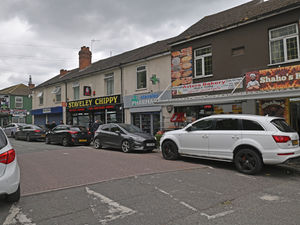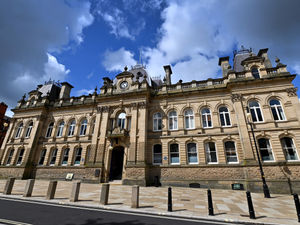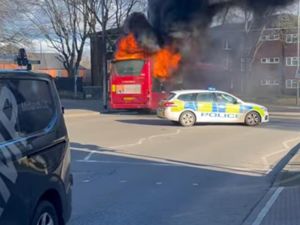Residents asked for help identifying brownfield sites as part of local plan
Residents are being asked to identify future brownfield housing and employment sites as part of a consultation for a city's local plan.
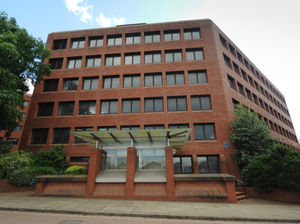
The consultation will call on the public to contribute to a new Wolverhampton Local Plan to guide future development in the city up to 2042, with the consultation, subject to Wolverhampton Council Cabinet approval, set to be launched at the end of February.
Every local authority must prepare a local plan to cover regeneration, investment and planning application decisions for at least 15 years.
It also identifies environmental areas to protect and enhance, sites to allocate for housing development and employment use, key transport schemes and policies to guide design and secure infrastructure.
As part of the consultation, residents have been given details of the Wolverhampton Strategic Housing Land Availability Assessment (SHLAA), which is the main mechanism for identifying potential housing sites across the city, assesses the suitability of sites for housing and says how developable and deliverable they are for housing.
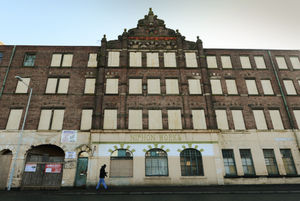
They can also look at a website which has identified previously identified brownfield sites, including the former Telecom House in Wolverhampton city centre, the former Royal Hospital site in All Saints and Niphon Works in Blakenhall.
They are also being invited to submit details of sites they think would be suitable for housing development in future years, with sites then being considered for inclusion in the SHLAA report, with both suitable and unsuitable sites included with explanations in the report.
Full details on how people can have their say will be provided via the council website, at the Civic Centre and city libraries when the consultation goes live, running between Monday, February 26 and Wednesday, April 10.
Council Leader, Councillor Stephen Simkins, has reiterated the Wolverhampton Local Plan will not include green belt sites, a stance that has been reinforced by the Government’s recent change to the National Planning Policy Framework (NPPF), which removes the need to review green belt land for development.
He said: “It is critical to have a Local Plan in place to provide certainty for our communities and support regeneration and investment in our city.
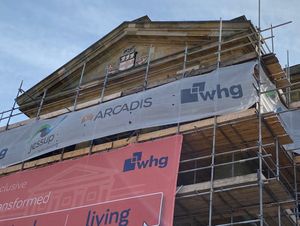
“We have always promoted a brownfield first approach and never had any intention to include green belt land in our Local Plan, so we are pleased that the Government has confirmed in the revised NPPF that green belt land does not need to be considered for development in local plans.
“It means we can now progress with the next steps of the Wolverhampton Local Plan, subject to Cabinet approval, and we intend to bring forward a plan which contains no green belt sites at all.
“The Wolverhampton Local Plan will help facilitate a vibrant mixed use city centre and enable new housing and employment opportunities on brownfield sites across the city, supporting local centres and strengthening the local economy.”
To find out more about the Brownfield sites already identified, go to wolverhampton.maps.arcgis.com/apps/webappviewer/index.html?id=2e36e2eff14e40c480194b42b33a0abc
The Wolverhampton Local Plan will build on initial work related to the city that was undertaken during the Black Country Plan process before it was halted in autumn 2022.
For more information, go to wolverhampton.gov.uk/localplan


